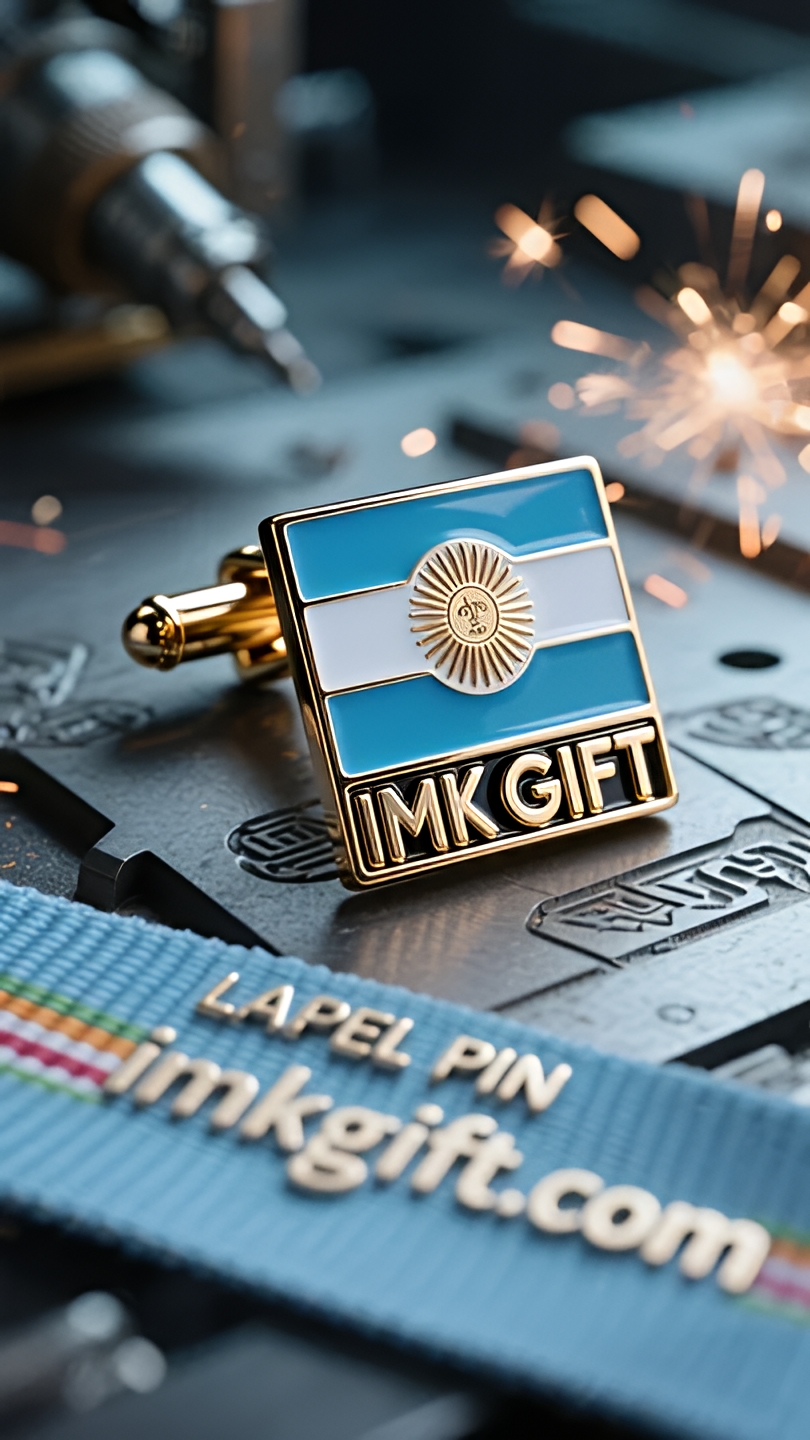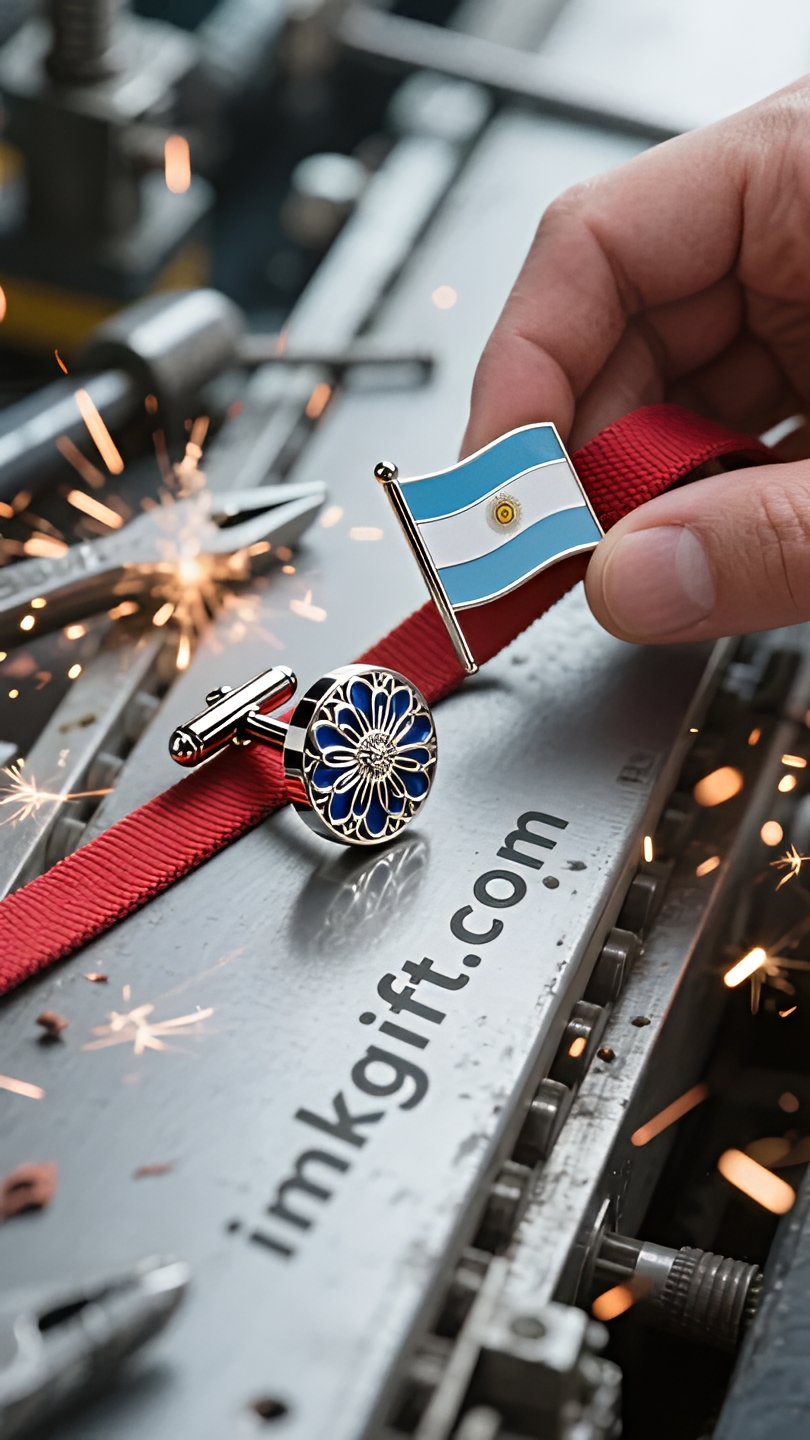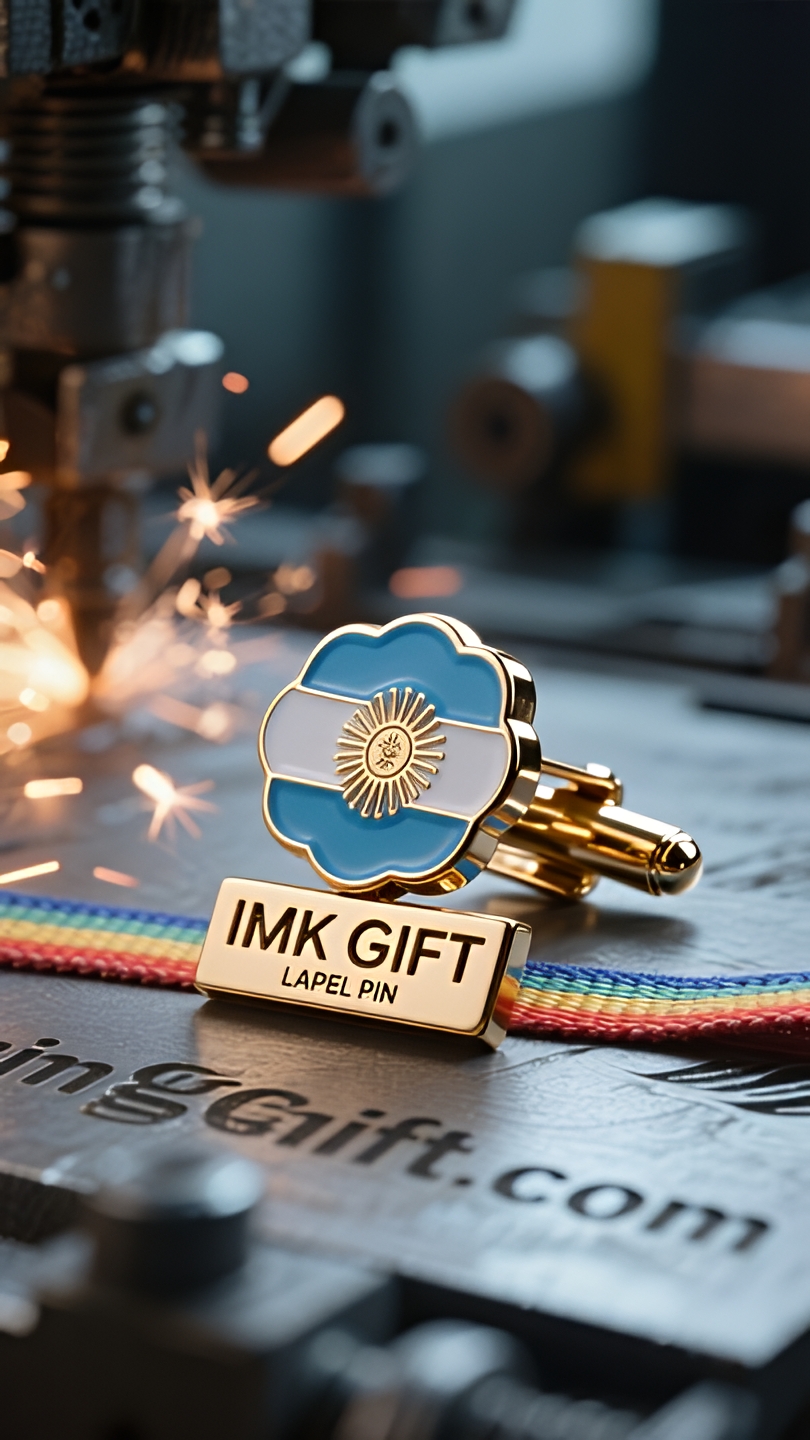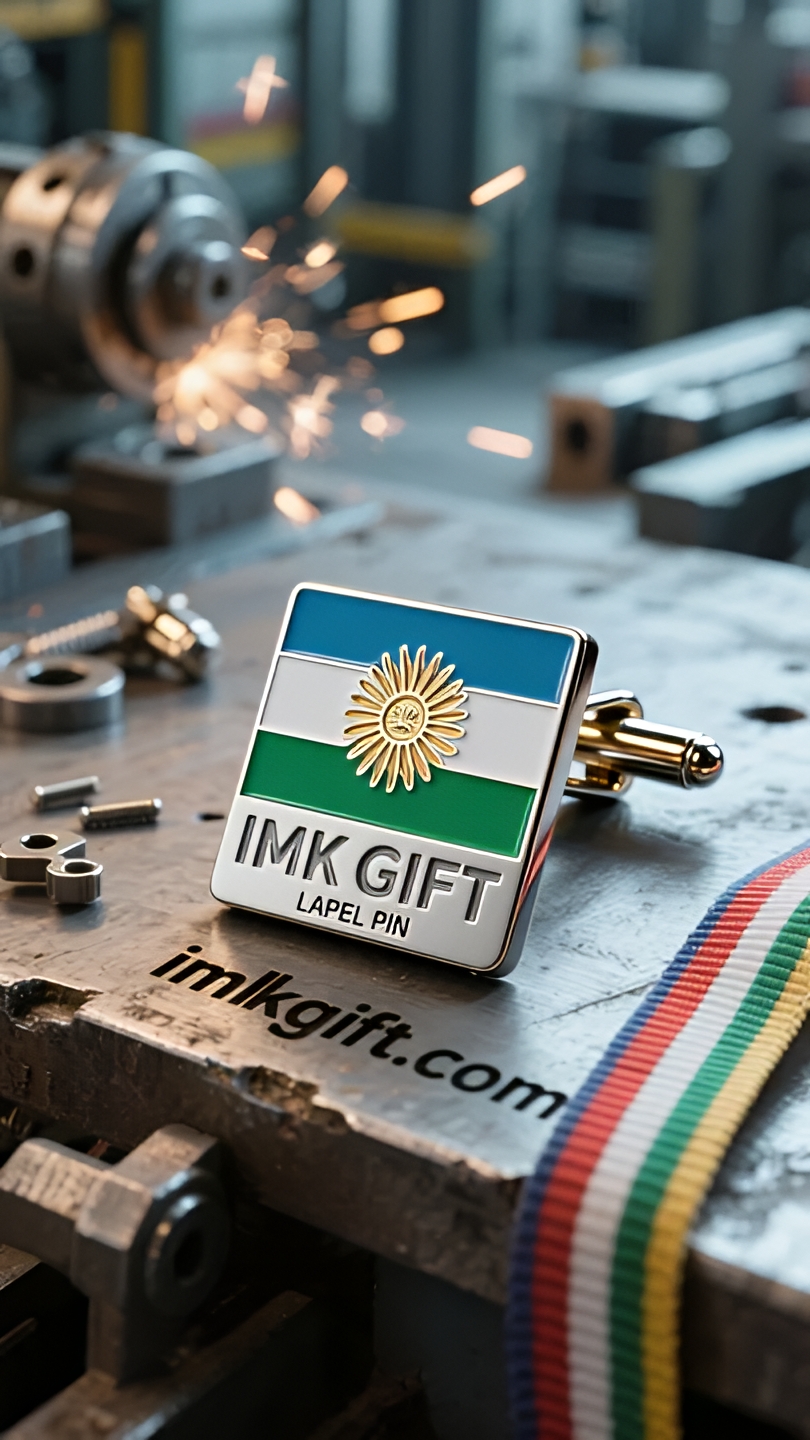in993-Saibo-Zhanxiujian-La-sinceridad-brilla-en-las-montañas-y-los-ríos
▼
En junio, en Argentina, la bandera nacional azul y blanca ondeó al viento el día de la muerte de Belgrano. Este color azul y blanco creado por Manuel Belgrano no sólo lleva las llamas de la Guerra de la Independencia, sino que también encarna la eterna búsqueda de la libertad por generaciones de argentinos. Los gemelos sepia que se llevan en la solapa son como una insignia que viaja a través del tiempo, grabando esta integridad nacional en nuestra respiración cotidiana. La flor nacional de Argentina, la sepia, fue testigo de la lucha de los indígenas con sus flores rojas durante el período colonial, y empapó los uniformes de los soldados con sus pétalos rojo sangre durante la Guerra de la Independencia. Cuando se funde en gemelos, los pétalos superpuestos y estirados se convierten en un tótem fluido: los tres pétalos simbolizan la libertad, la igualdad y la fraternidad, y las borlas en el centro de la flor implican el poder de la unidad. Detrás de cada gemelo se esconde la sabiduría de una nación que transforma el sufrimiento en estética. Hoy en día, las personas que llevan los gemelos con flores de Cyperus continúan con esta sinceridad. En los cafés de Buenos Aires y en los viñedos de Mendoza, los gemelos reflejan no sólo la luz de la Cruz del Sur, sino también el fuego en el pecho de cada argentino común. Así como el azul y el blanco de la bandera nacional necesitan teñirse con el rojo del zafiro, la gloria de la nación también necesita ser protegida por cada ciudadano con acciones pequeñas pero firmes. Cuando la flor nacional y la bandera nacional se complementan en la solapa, forman la declaración de vida más conmovedora: echar raíces en la patria como las plantas y los árboles, e iluminar las montañas y los ríos con un corazón de niño.
In June, the blue and white national flag fluttered in the wind on Belgrano’s death day in Argentina. This blue and white created by Manuel Belgrano not only carries the flames of the War of Independence, but also embodies the eternal watch of generations of Argentines for freedom. The cufflinks of the sepia flower worn on the lapel are like a badge that travels through time, engraving this national integrity into daily breathing. As the national flower of Argentina, the sepia flower once witnessed the struggle of the indigenous people with its red trees during the colonial period, and soaked the soldiers’ uniforms with its blood-like petals during the War of Independence. When it is cast into cufflinks, the stacked and stretched petals become a flowing totem – the three petals symbolize freedom, equality and fraternity, and the tassels of the flower core imply the power of unity. Behind each cufflink, there is a nation’s wisdom to temper suffering into aesthetics. Today, people who wear sepia flower cufflinks are continuing this sincerity. In the cafes of Buenos Aires and the vineyards of Mendoza, cufflinks reflect not only the light of the Southern Cross, but also the fire in the chest of every ordinary Argentine. Just as the blue and white of the national flag need the red of the sapphire flower, the glory of the nation also needs to be protected by every citizen with small but firm actions. When the national flower and the national flag complement each other on the lapels, it constitutes the most moving declaration of life: taking root in the homeland like plants and trees, and illuminating the mountains and rivers with a pure heart.
六月的阿根廷,蓝白国旗在贝尔格拉诺逝世日的风中猎猎飘扬。这抹由曼努埃尔·贝尔格拉诺亲手缔造的蓝白,不仅承载着独立战争的烽火,更凝聚着世代阿根廷人对自由的永恒守望。而佩戴在衣襟的赛波花袖扣,恰似一枚穿越时光的徽章,将这份民族气节镌刻进日常的呼吸。
作为阿根廷国花的赛波花,曾在殖民时期用满树赤红见证过原住民的抗争,又在独立战争中用如血花瓣浸润过将士的戎装。当它被铸成袖扣时,那些层叠舒展的花瓣便成为流动的图腾——三枚花瓣象征自由、平等与博爱,花芯的流苏暗喻团结的力量。每粒袖扣背后,都藏着一个民族将苦难淬炼成美学的智慧。
如今佩戴赛波花袖扣的人们,正延续着这份赤诚。在布宜诺斯艾利斯的咖啡馆里,在门多萨的葡萄园中,袖扣折射的不仅是南十字星的光芒,更映照着每个平凡阿根廷人胸膛里的火焰。正如国旗的蓝白需要赛波花的赤红点染,民族的荣耀也需每个公民用微小而坚定的行动守护。当国花与国旗在衣襟间交相辉映,便构成了最动人的生命宣言:以草木之姿扎根故土,用赤子之心照亮山河。
▼
Contact Us
📞 Tel: +0086-760-85286839
📧 Email: sales3@imkgift.com








